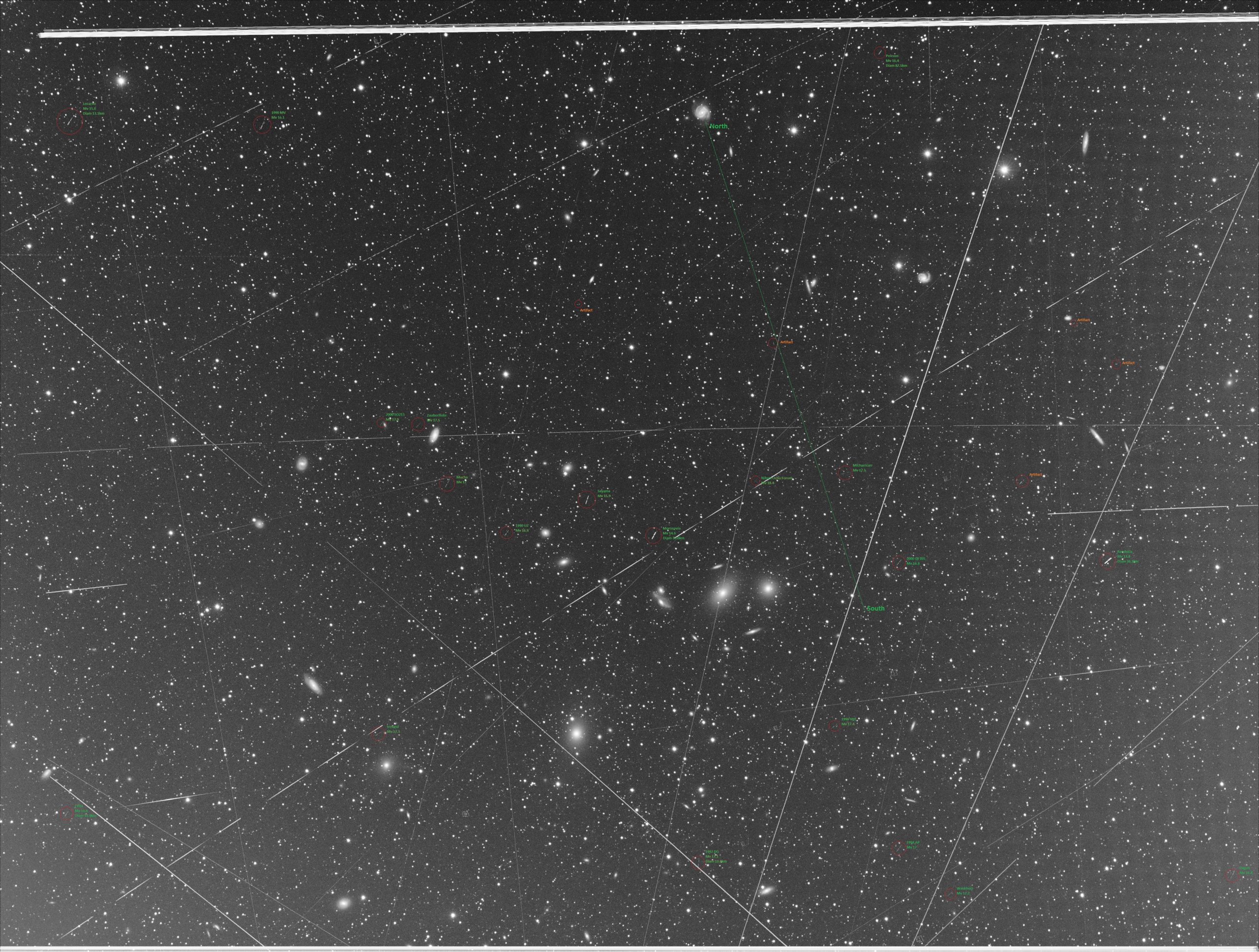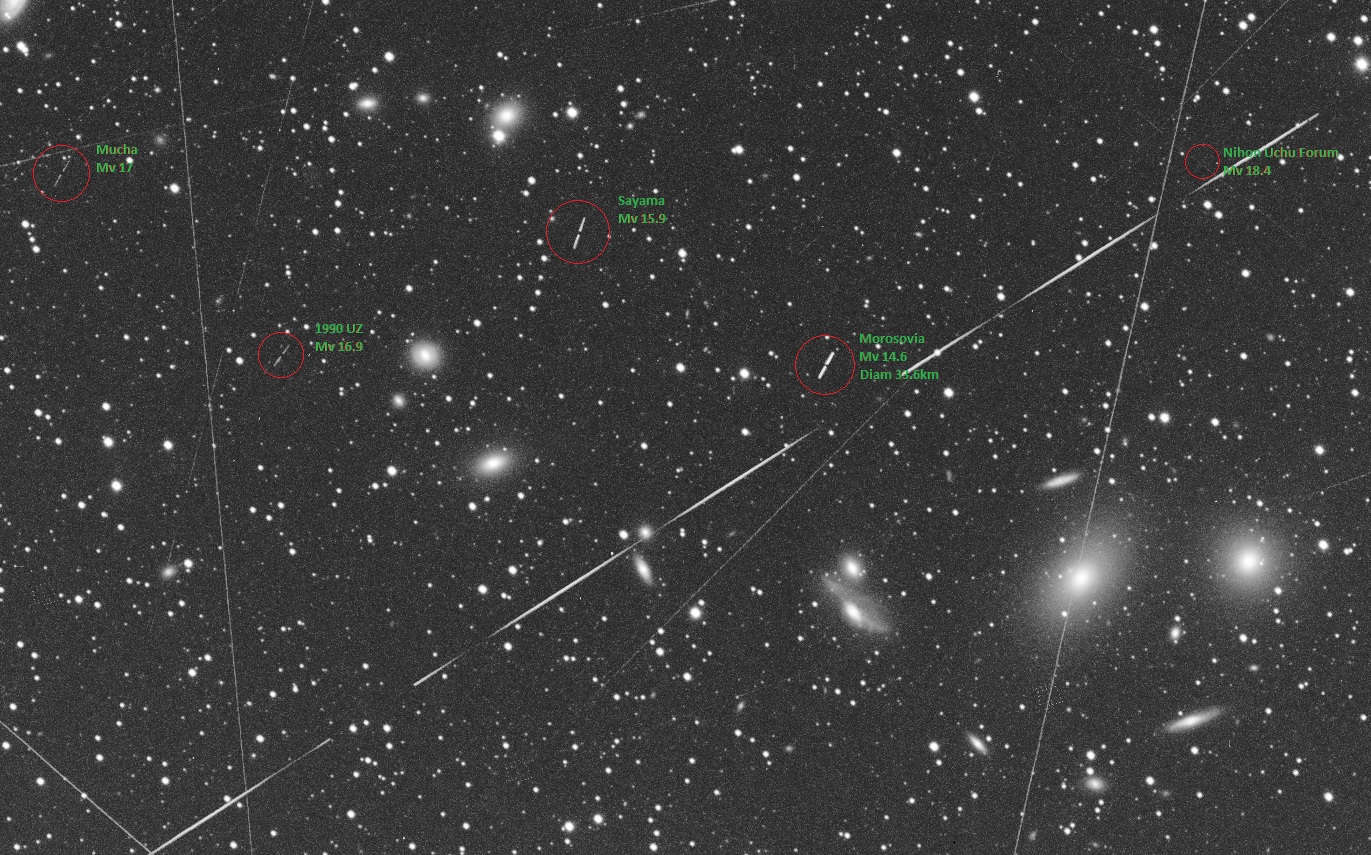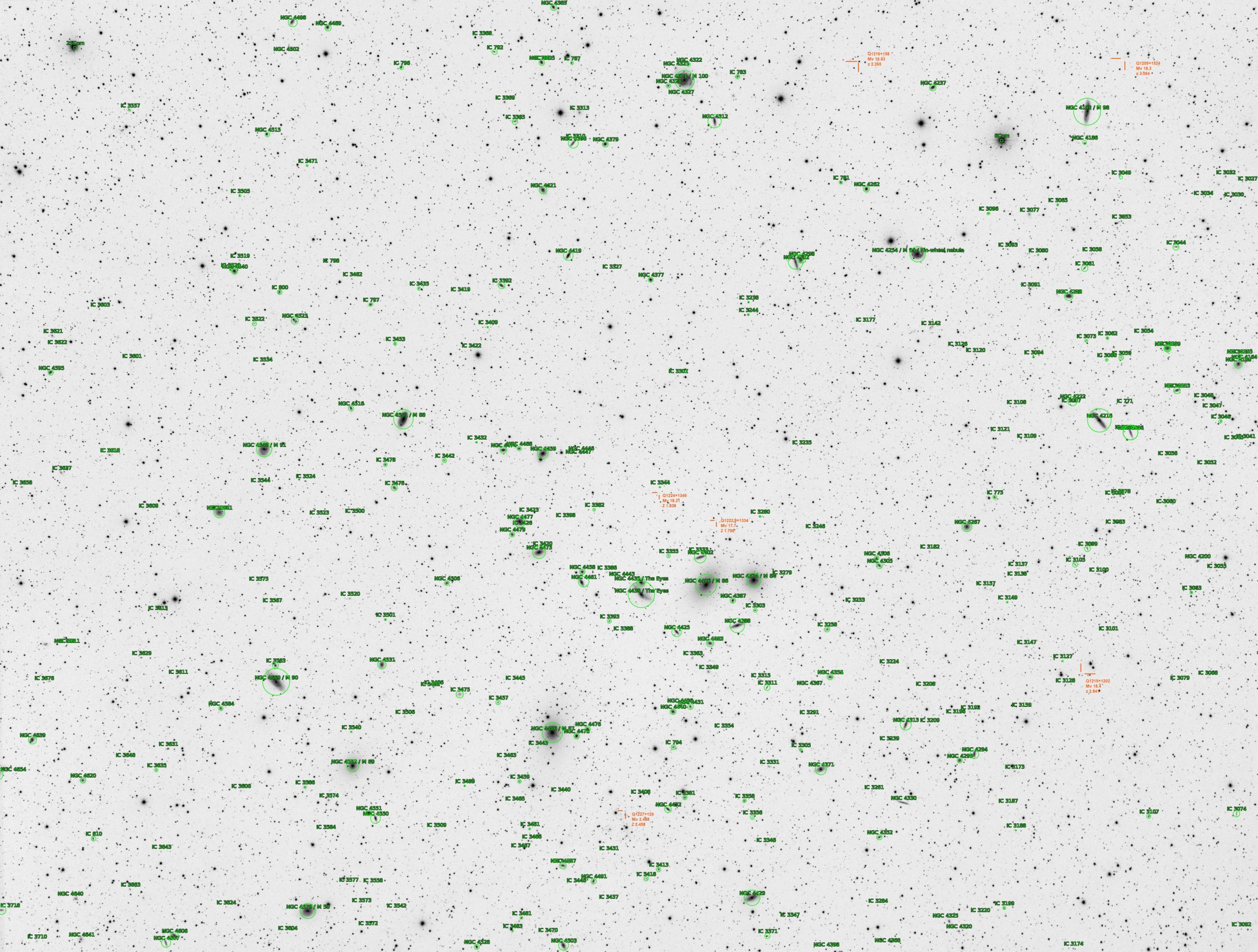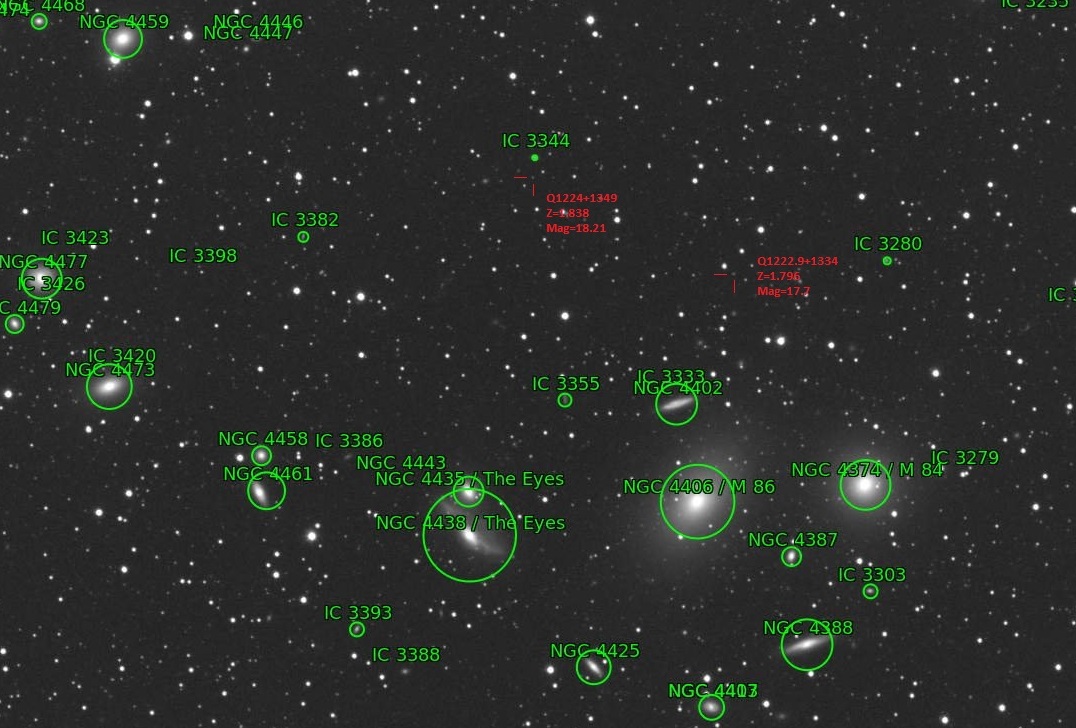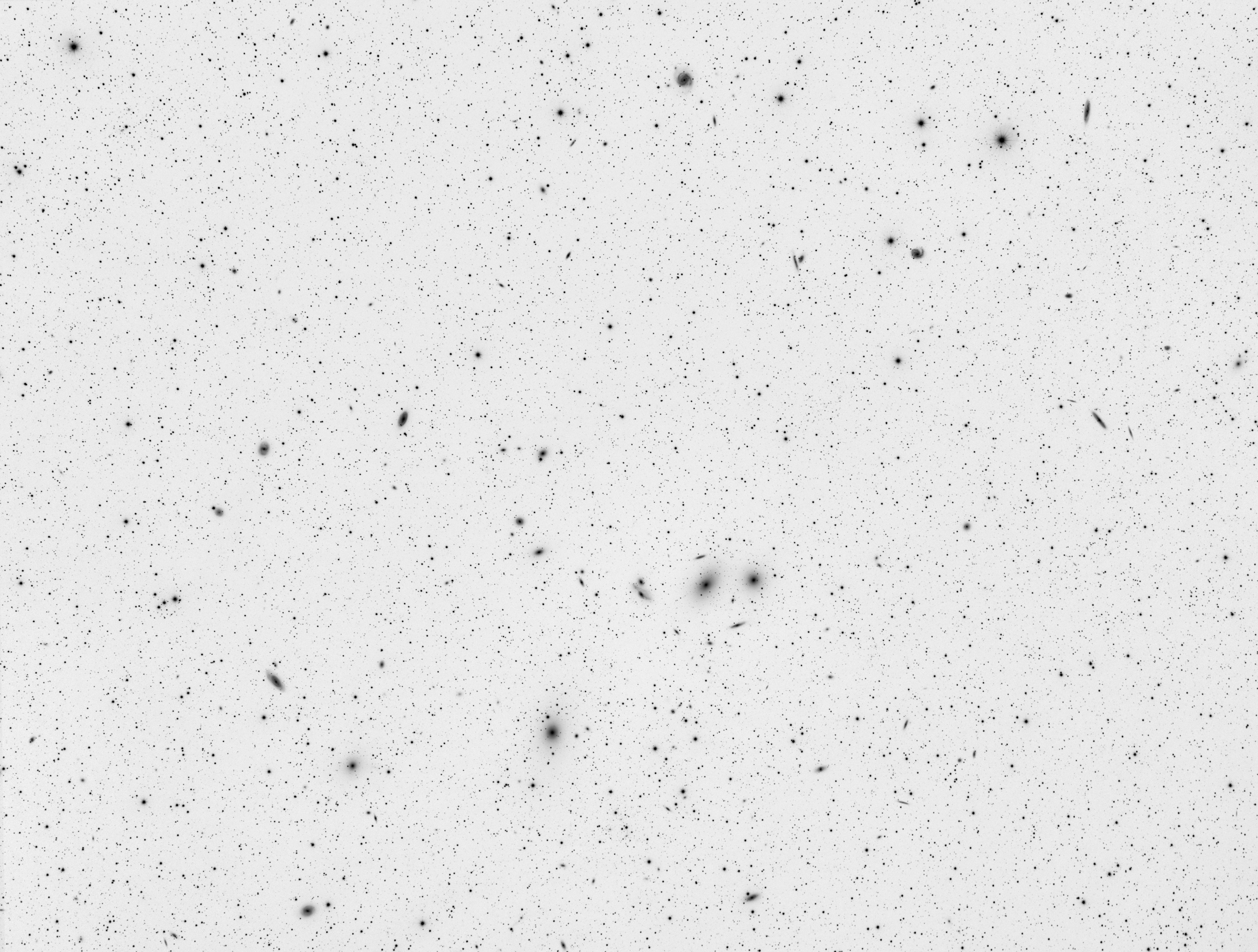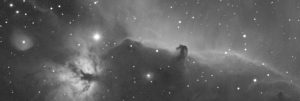2h exposure (Astronomik R: 220x30s)
Acquired on the 30th of May 2019
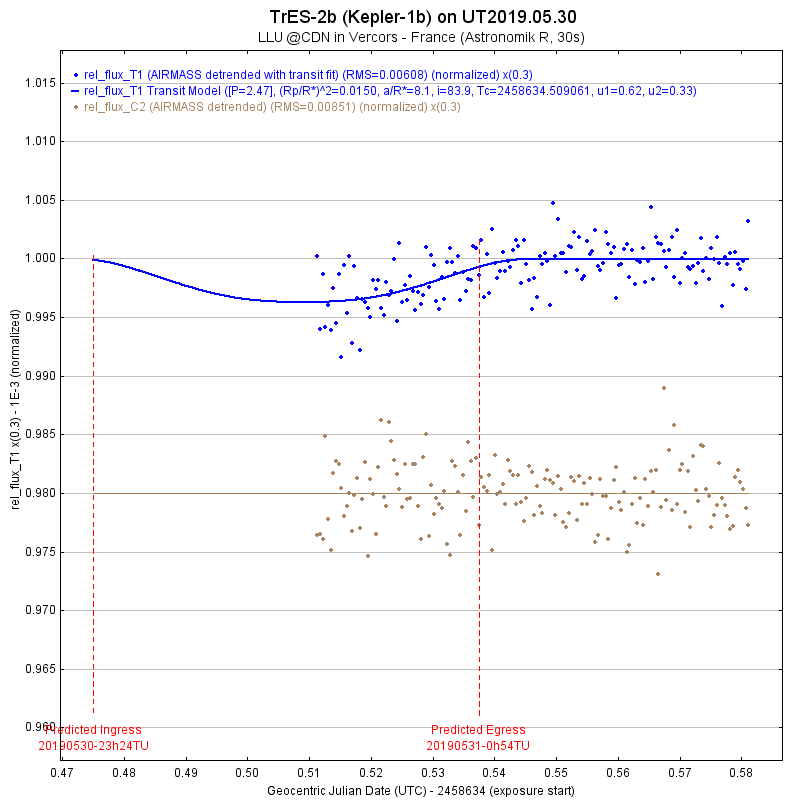
Setup: TS ONTC 200/800, 2″ Feathertouch, AZ-EQ6, QHY163m gain=100, OAG-M, QHYCFW2-M, AstroLink 4 mini. Software: APT, Stellarium scope, EQ MOD, PHD2, AstroImageJ
Many amateurs have already done this with success. And this night, it was my turn for trying to obtain my first “exoplanet transit”. Let’s see below how I proceeded… and what I need to improve…

